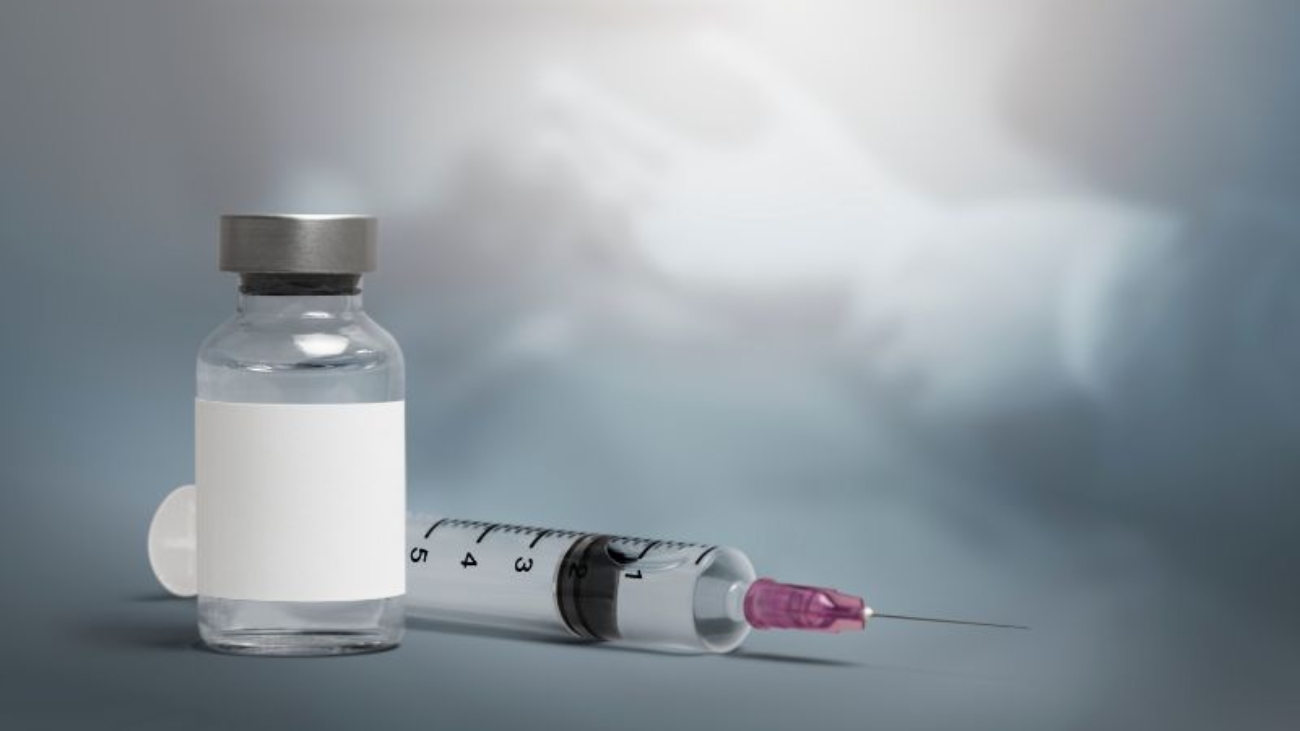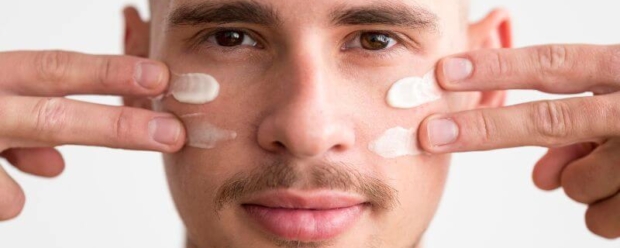The quest for “glass skin” – that poreless, luminous, enviably even complexion – has taken the beauty world by storm. While there’s no one-size-fits-all answer, some powerful ingredients like tretinoin, azelaic acid, and kojic acid are often touted as secret weapons. But before you dive headfirst into this potent trio, let’s break down the facts and see if they can truly unlock your inner glass goddess.
The Power Players:
Tretinoin: This prescription retinoid is the undisputed heavyweight, accelerating cell turnover for smoother, brighter skin. However, it comes with a side of potential dryness, irritation, and sun sensitivity. Tread carefully!
Azelaic Acid: This multi-tasking wonder calms inflammation, tackles acne, and fades hyperpigmentation. It’s generally well-tolerated, making it a good option for sensitive skin.
Kojic Acid: Derived from mushrooms, this natural brightener targets dark spots and uneven skin tone. While effective, it can be irritating, so patch testing is crucial.
The Allure of the Combination:
Using these ingredients together can be tempting, aiming for a synergistic effect: tretinoin for overall rejuvenation, azelaic acid for targeted concerns, and kojic acid for extra brightening. But hold your horses!
Proceed with Caution:
Sensitivity & Sun Safety: This combo packs a punch, and layering them can significantly increase irritation and sun sensitivity. Ease in slowly, use sunscreen religiously (SPF 30+), and listen to your skin.
Expert Guidance: Consulting a dermatologist is crucial, especially if you have sensitive skin or pre-existing conditions. They can advise on suitable strengths, combinations, and usage strategies.
Realistic Expectations: Glass skin is an aspirational term, not a guaranteed outcome. Remember, everyone’s skin is unique, and these ingredients work differently for each person. Patience and consistency are key!
Alternative Paths to Glass-ish Glory:
Don’t be discouraged if this potent trio isn’t for you. Here are some alternatives:
Gentle Exfoliation: Regular, non-abrasive exfoliation removes dead skin cells, revealing a brighter, smoother complexion.
Hydration Hero: A well-hydrated canvas is key for that glass-like glow. Invest in a hydrating moisturizer and layer hyaluronic acid serums for extra plumpness.
Sunscreen Savvy: Sun damage is the enemy of even skin tone. Sun protection is non-negotiable, rain or shine.
Remember: Glass skin is about healthy, radiant skin, not achieving a specific look. Choose ingredients that suit your skin’s needs, prioritize a holistic skincare approach, and embrace your unique complexion. After all, true beauty lies in individuality, not chasing trends. ✨
Do you have experience with tretinoin, azelaic acid, or kojic acid? Share your tips and insights in the comments below!



